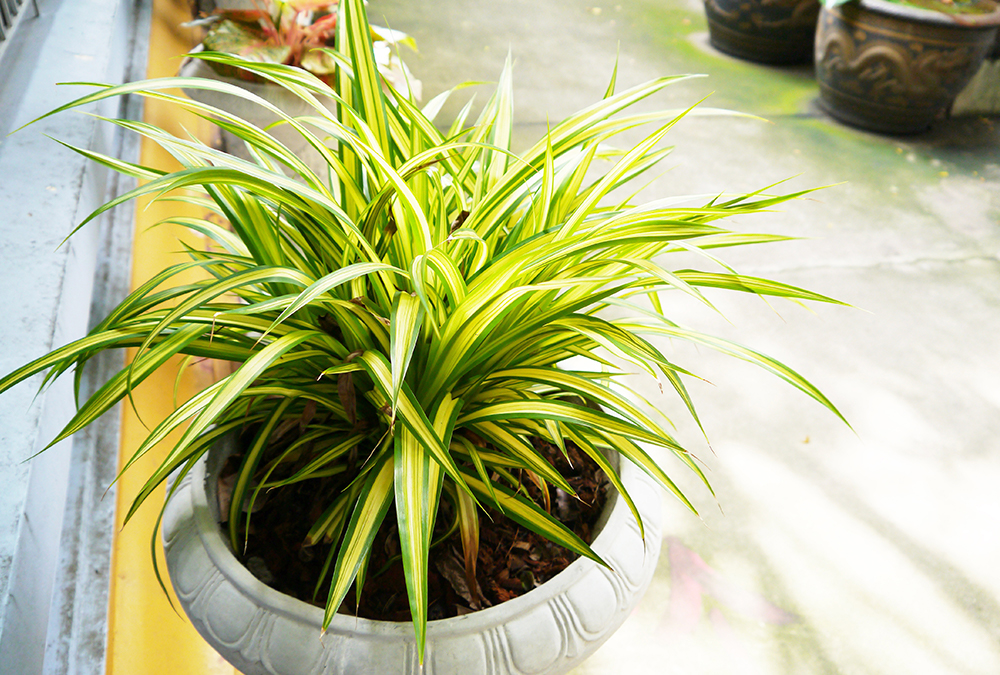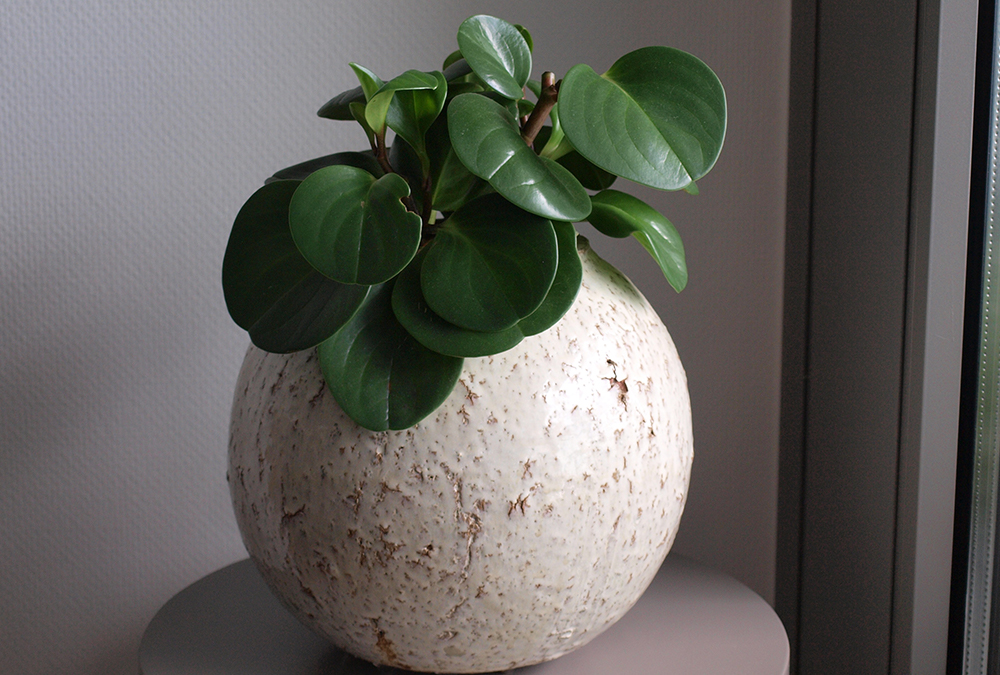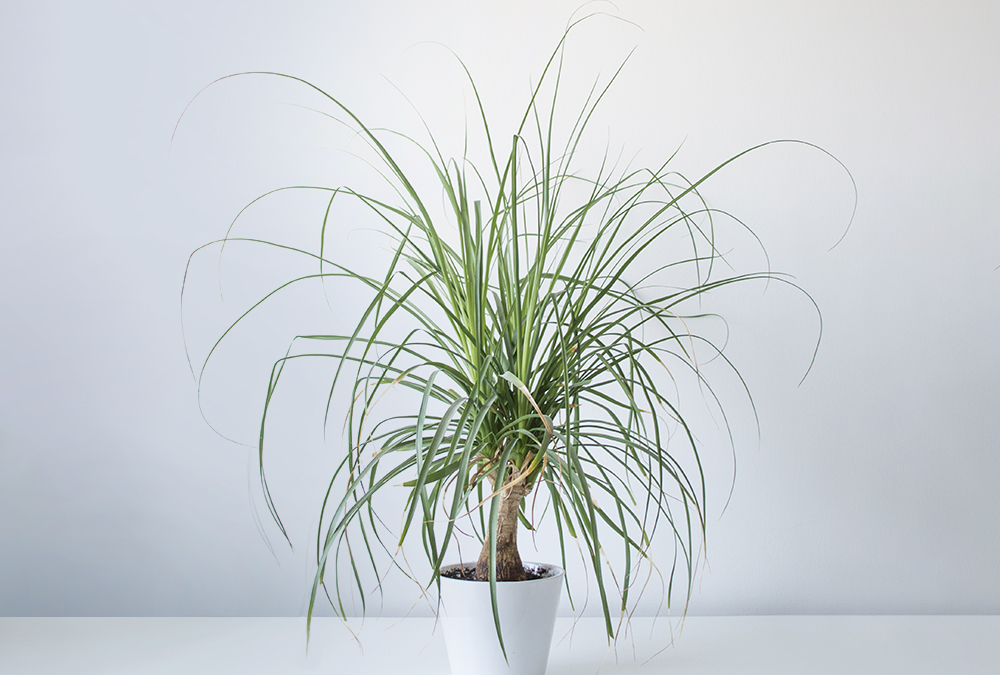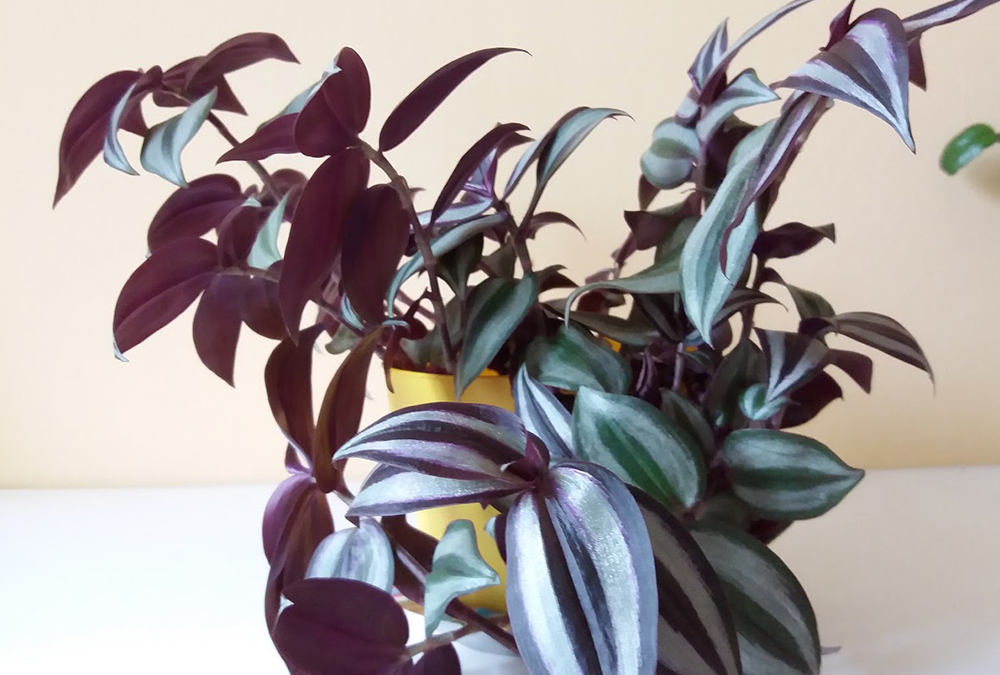The 6 Best Houseplants for Beginners
With the green home trend seemingly here to stay, many interior design enthusiasts are presented with a bit of an issue. Since plants aren’t like other décor and sometimes actually require rather specific care to thrive, the black-thumbed folks among us are often afraid to even get into houseplant growing at all.
Fear not! While some houseplants will wither if you look at them wrong, others are actually surprisingly hardy. I’ll be discussing 6 of my favorite easy-to-care-for houseplants that offer all of the decoration and none of the exasperation.
Spider plant (Chlorophytum comosum)

In need of some green for hard-to-reach spots? Chlorophytum comosum, better known as the spider plant, is one of the top easy house plant choices for hanging planters. Its long, grassy leaves hang downward to create a waterfall of green. With a bit of luck, your spider plant will even produce the offsets that it lends its name from: pups dangle down from the mother plant like little spiders and can be left or replanted according to the type of look you wish to go for.
Spider plants don’t require much. Indirect light works just fine, as does your standard potting soil. Just keep the soil moist (not wet!) and water again once the top 2-3 inches have dried out.
Baby rubber plant (Peperomia obtusifolia)

Peperomia is a very popular houseplant genus that contains various easy choices, but my personal favorite is the hardy baby rubber plant (Peperomia obtusifolia). This species lends its name from its waxy, sturdy leaves (which also come in a lovely variegated version) that are reminiscent of succulent foliage. This is what makes the baby rubber plant so hardy: it can handle the occasional forgotten watering.
Its creeping growth habit means the baby rubber plant’s stems will start trailing downward once they grow long enough, making it a great choice for a hanging planter. You can use it to brighten up any high location, even if it doesn’t get too much light. Peperomias actually dislike direct sun, so indirect or even artificial light will work just fine.
Ponytail palm (Beaucarnea recurvata)

The ponytail palm (Beaucarnea recurvata) is the ideal choice if you have a light location like a sunny windowsill that’s in need of greenification. Despite what its name suggests, the ponytail palm is no palm; it’s actually a succulent and should be cared for as such. Gritty cactus soil, a well-draining pot, and as much sun as you can offer are the keys to a healthy ponytail. Water whenever the soil has dried out fully, which can be as frequently as once a week in summer.
Love the look of a mature ponytail palm (also known as elephant’s foot due to its thick trunk)? Don’t be fooled into buying a small specimen and waiting for it to grow. This is a very slow grower, so it’s worth investing in a mature plant!
TIP: Beaucarnea recurvata is pet-safe! Just be careful with its grassy leaves, which can cause annoying papercut-like lesions if you brush past them!
Inch plant (Tradescantia zebrina)

There are actually multiple easy-to-care-for houseplants in the Tradescantia genus commonly sold in plant stores. One of the most popular ones is Tradescantia zebrina, and with its almost metallic purple-striped leaves, it also happens to be one of the more spectacular varieties.
Tradescantia zebrina is commonly known as the inch plant. It’s not clear whether this name came from the fact that this species can grow up to an inch a day in ideal conditions, or that it can be propagated from just an inch of stem, but what is clear is that it’s a breeze to keep alive. Regular potting soil, slightly moist soil, and a well-draining pot are all you need. Provide bright indirect light and voilà! The inch plant is perfect for a hanging planter due to its creeping growth pattern.
Marimo moss ball (Aegagropila linnaei)
We’re ending the list with a bit of an oddball (literally). The spherical green Marimo ball is not a moss ball as its name suggests, but rather a type of aquatic algae that grows into a ball under certain conditions. I know that doesn’t sound too attractive, but hear me out…Marimo moss balls are one of the most popular choices for underwater gardens like planted vases and bowls. They are super easy to keep alive and don’t require anything more than indirect light and some fresh water once in a while.
A small water feature with some rocks and one or multiple Marimo ball(s) make a perfect centerpiece (and should welcome the energy of the water element into your home according to Feng Shui!).
Growing houseplants is easier than many décor enthusiasts think. The secret is finding the right plant for you: if you don’t feel confident enough yet, stick to one of the easy species. Luckily this doesn’t mean having to compromise on looks, since almost all houseplants add something to your home in their own unique way that no other piece of décor can. They even purify your indoor air. Happy planting!
For more tips on keeping your indoor plants alive and thriving, visit You Had Me At Gardening.



